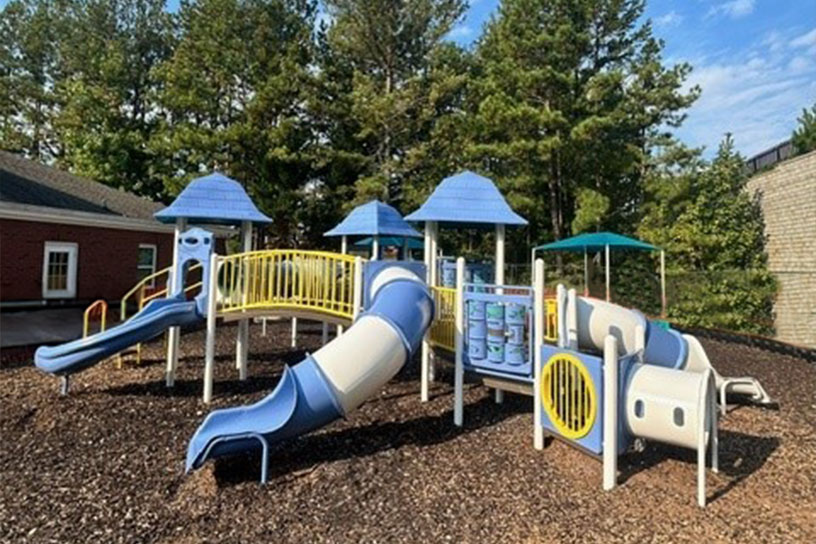Playground Safety Standards: What Every Inspector Should Know
Children consistently discover creative and imaginative ways to engage with playground equipment. While this type of play is beneficial for their imagination, it may not always prioritize their safety. Although minor incidents like bumps, bruises, and scrapes are inevitable, it is crucial to proactively take measures to minimize the potential for more severe injuries.
Numerous injuries occurring on playgrounds are preventable by prioritizing safety and durability through performing regular maintenance and safety checks on the playground surfaces and equipment. As a playground inspector, it’s vital to know what safety hazards may be lurking at parks and playgrounds and Playground Guardian is here to help.
The checklist below provides you with a good starting point, but as a playground safety inspector, we highly recommend you utilize our Park Protector Playground Inspection Software. With this app, you can easily manage, monitor, and inspect any municipal, neighborhood, or school playground system from your computer or mobile device just like a certified playground safety inspector. This application makes it possible to perform both low and high-frequency inspections, ADA assessments, and audits which not only saves time and money, it improves playground safety!
Ten-Point Safety Check
- Ensure that the areas surrounding playground equipment are covered with a minimum of 12 inches of wood chips, mulch, sand, or pea gravel, or utilize mats made of safety-tested rubber or similar materials.
- Confirm that the protective surfacing extends at least 6 feet from the play equipment in all directions.
- For swings, verify that the surfacing extends both in the back and front to twice the height of the suspending bar.
- Maintain a minimum spacing of 9 feet between play structures that exceed 30 inches in height.
- Regularly inspect for hazardous hardware such as open "S" hooks or protruding bolt ends.
- Check for potential child entrapment spaces, ensuring openings in guardrails or between ladder rungs measure less than 3.5 inches or more than 9 inches.
- Examine equipment for sharp points or edges and be vigilant for tripping hazards, including exposed concrete footings, tree stumps, and rocks.
- Install guardrails on elevated surfaces like platforms and ramps to prevent falls.
- Conduct regular assessments of playgrounds to ensure both equipment and surfacing are in good condition.
- Provide careful supervision of children on playgrounds to guarantee their safety.
Many communities, neighborhoods, and school districts prefer to maintain and manage their own parks and playgrounds. However, because staff members work with a limited number of systems, they’re not always aware of the latest safety protocols. Allow our team of certified playground safety inspectors to give you a helping hand! Schedule a consultation with the Playground Guardian team today!





